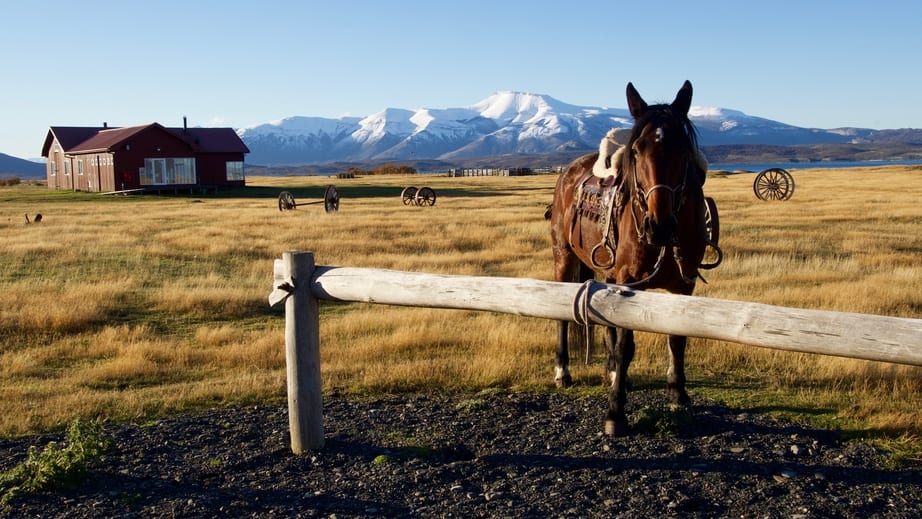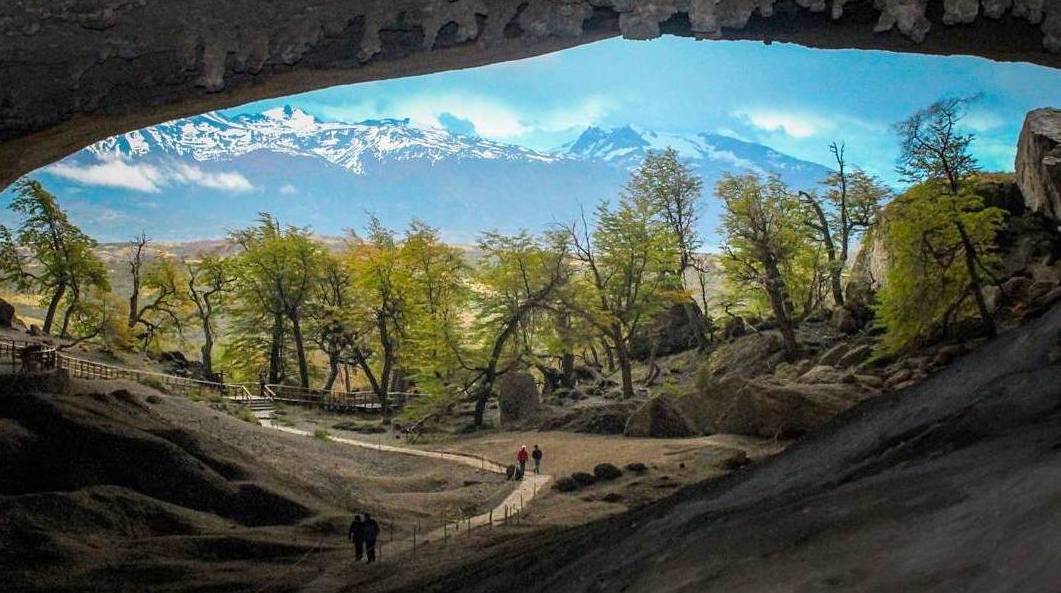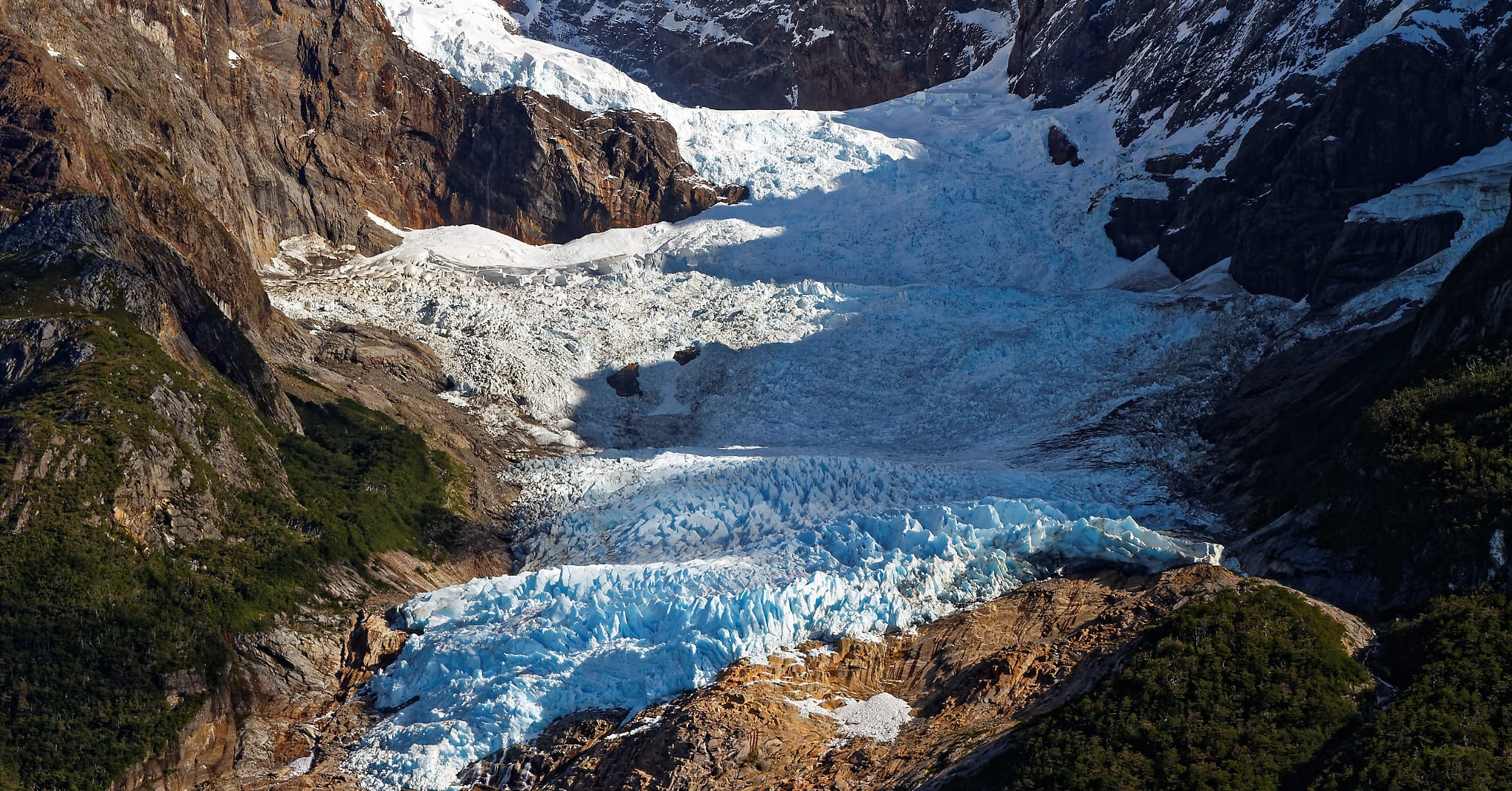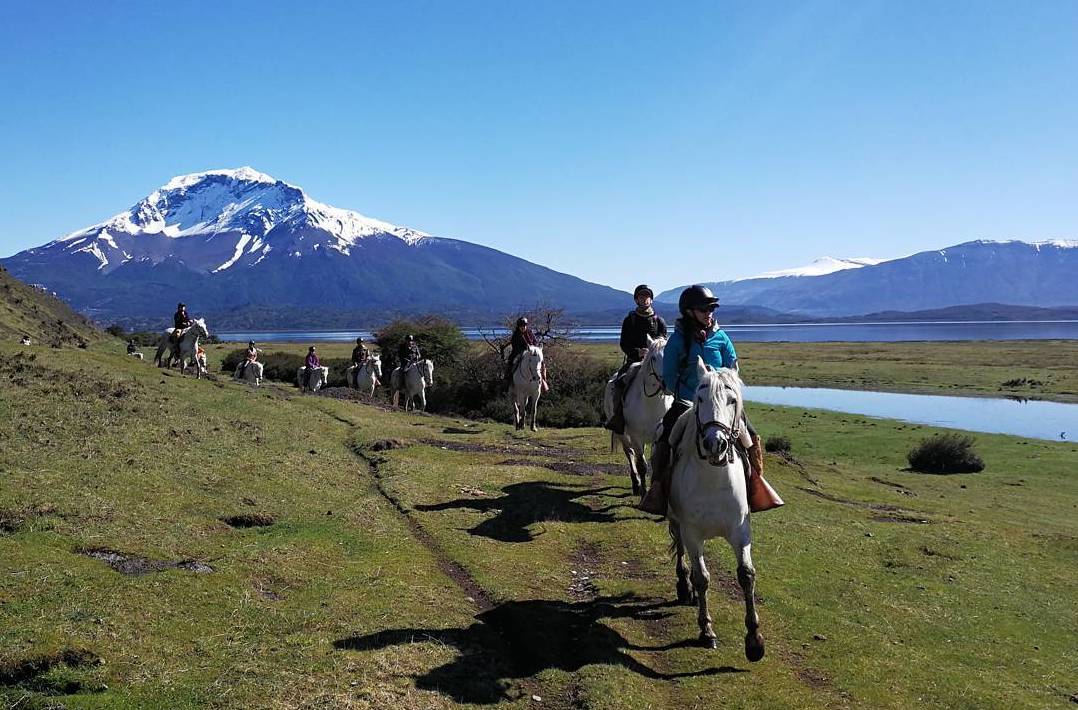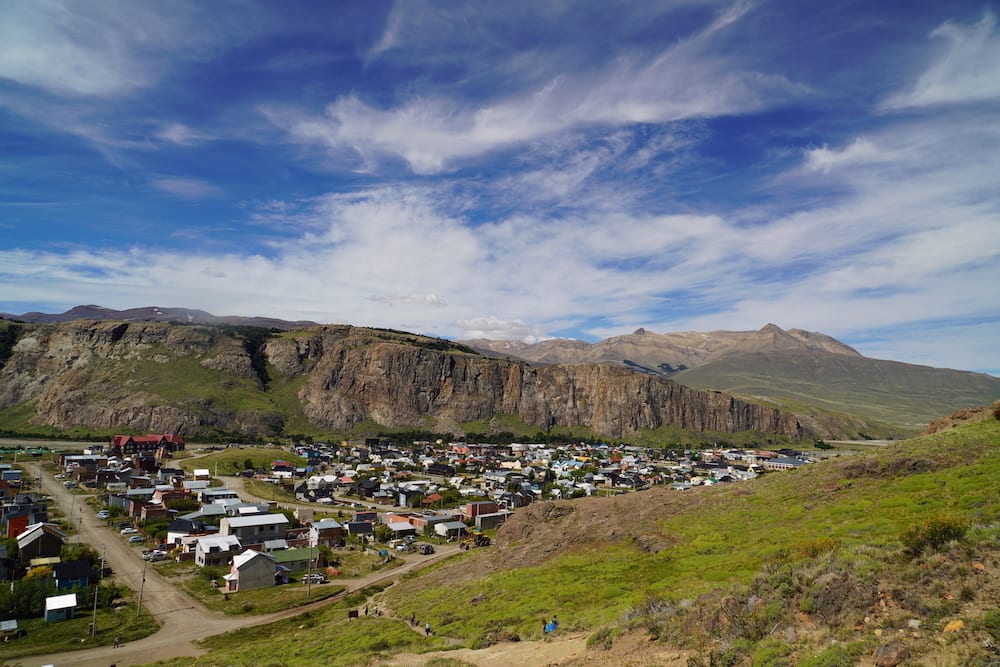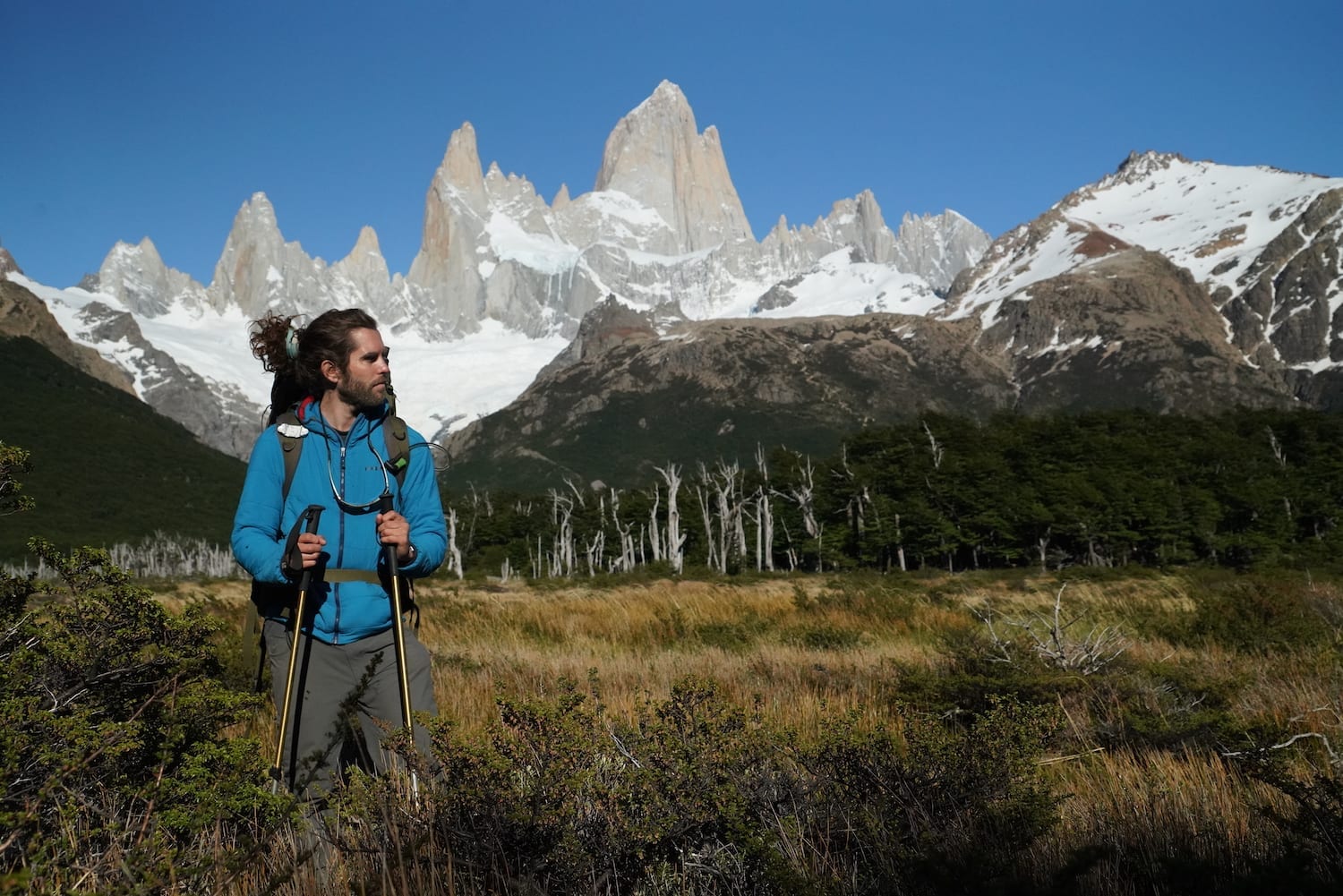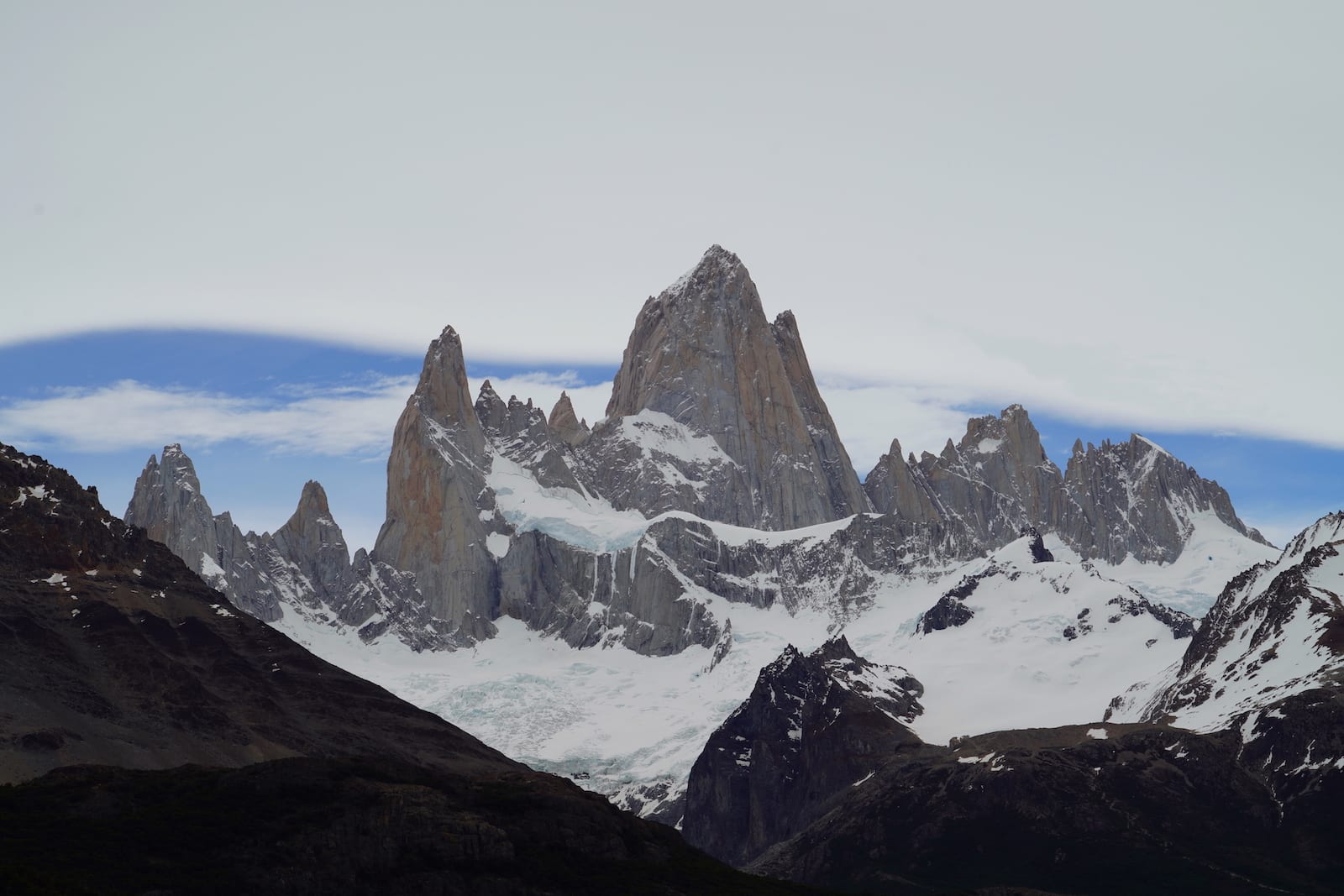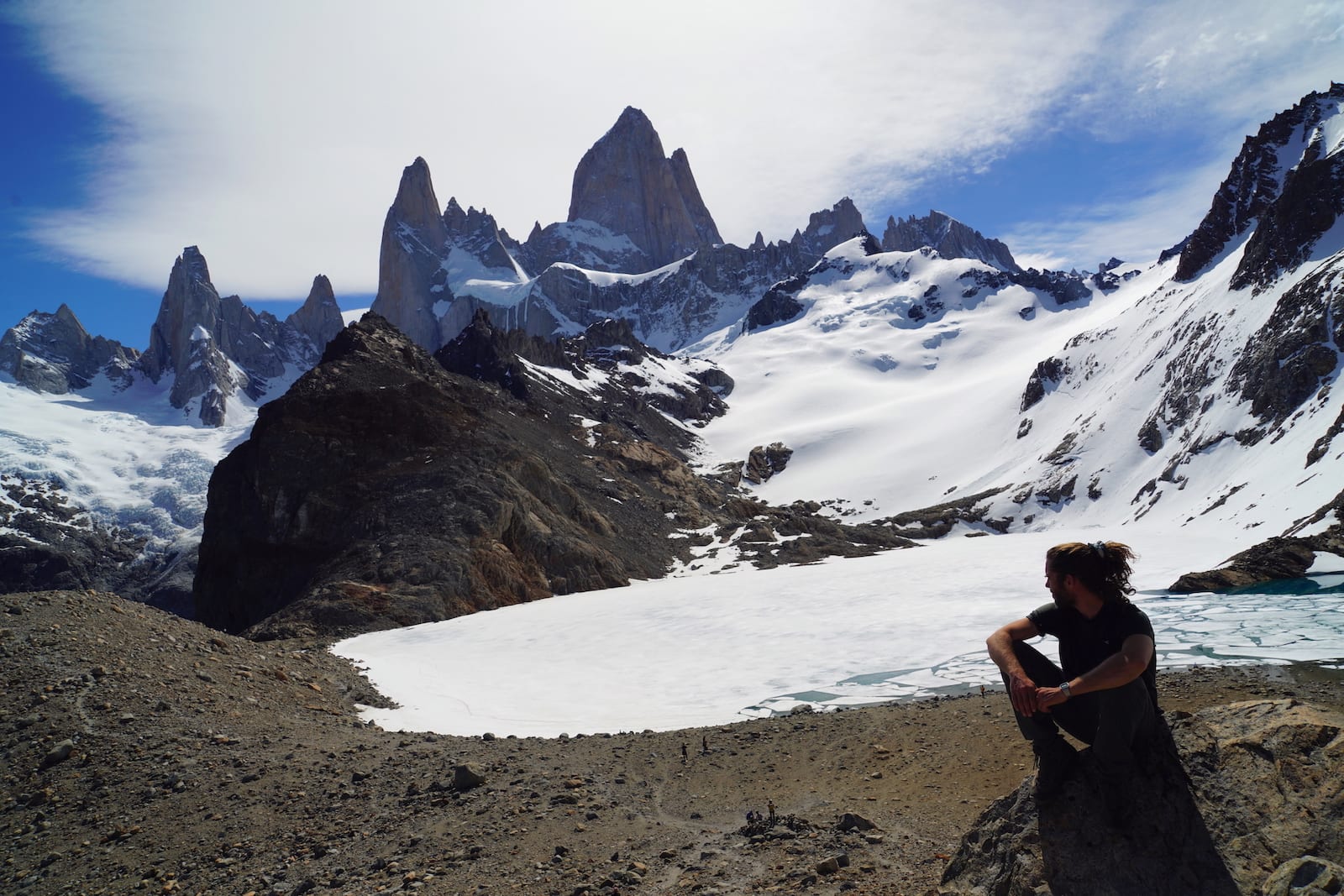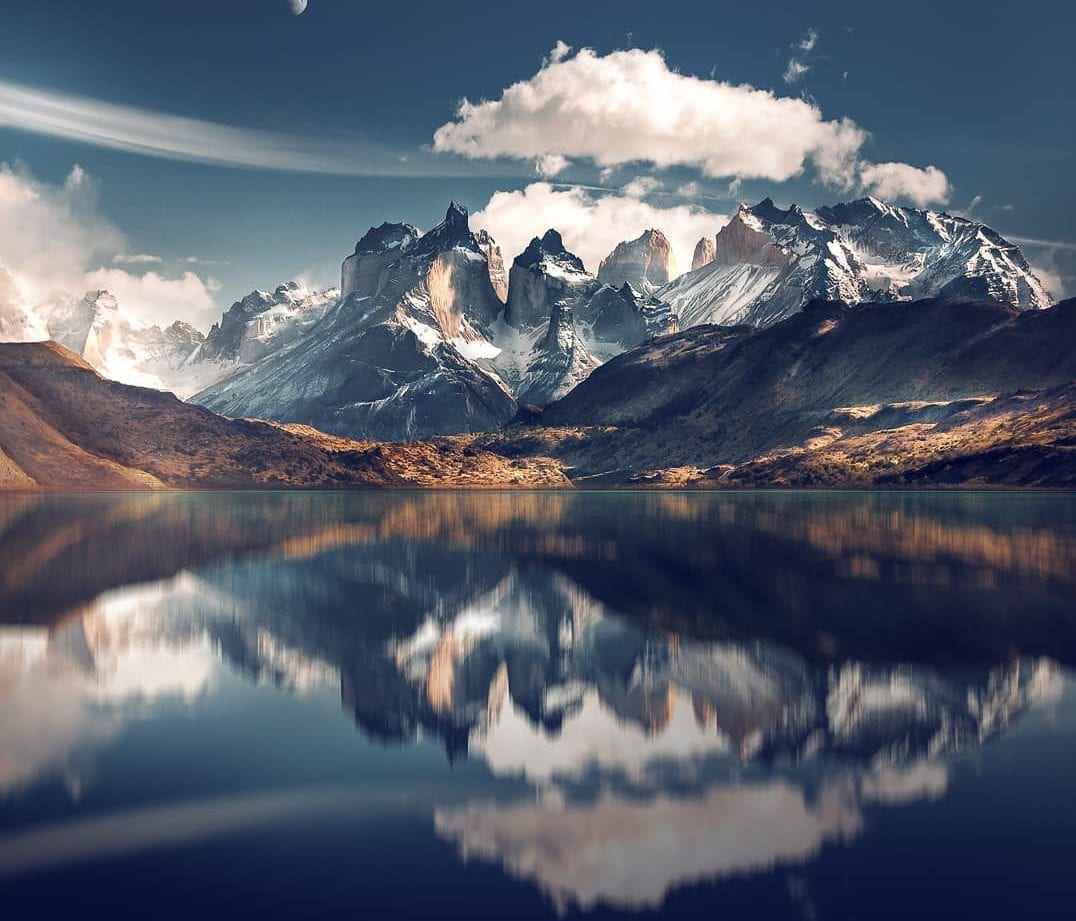
So you want to visit the crown jewel of Chile’s national parks, Torres del Paine! Located in the farthest of Chile’s regions, the Region of Magallanes and Antartica, Torres del Paine has become renowned for its spectacular natural landmarks like the Paine Massif, home to the iconic Cuernos mountains and the Torres, and the Grey Glacier. Most people come to do the W Trek, which takes hikers to all the park’s highlights including the Grey Glacier, the Frenchman’s Valley, and the base of the Torres, but you can also the full “O” or Paine circuit which connects the two ends of the W by going around behind the back of the Paine Massif or just do day trips.
But now comes the next question: when is the best time of year to visit Torres del Paine? Most people visit during the Patagonian summer months of December through February, but as travel to Chile becomes more popular, visiting Torres del Paine during those high season months might not be the best option for everyone as the park will be overcrowded, which ruins the wilderness experience. In this article, we discuss the pros and cons of each season in Torres del Paine, to help you choose the best time of year to plan your trip!

Spring
Lasting from mid-September through November, spring can be a great time to pay a visit to Torres del Paine. Without the crowds of high season, you can enjoy the park in peace and quiet, as well as get to see new baby animals and new plantlife starting to bloom. The main disadvantages are that the nights can still be pretty chilly, snow and ice are still possibilities, there will likely be rain in March and April, and, as always, the weather can be unpredictable and the winds are pretty strong. Also, some campsites, hotels, roads, and parts of the park may not yet be open if you’re traveling during the early part of the season, so depending on what you want to do and see, doing research beforehand about what will be open is recommended.
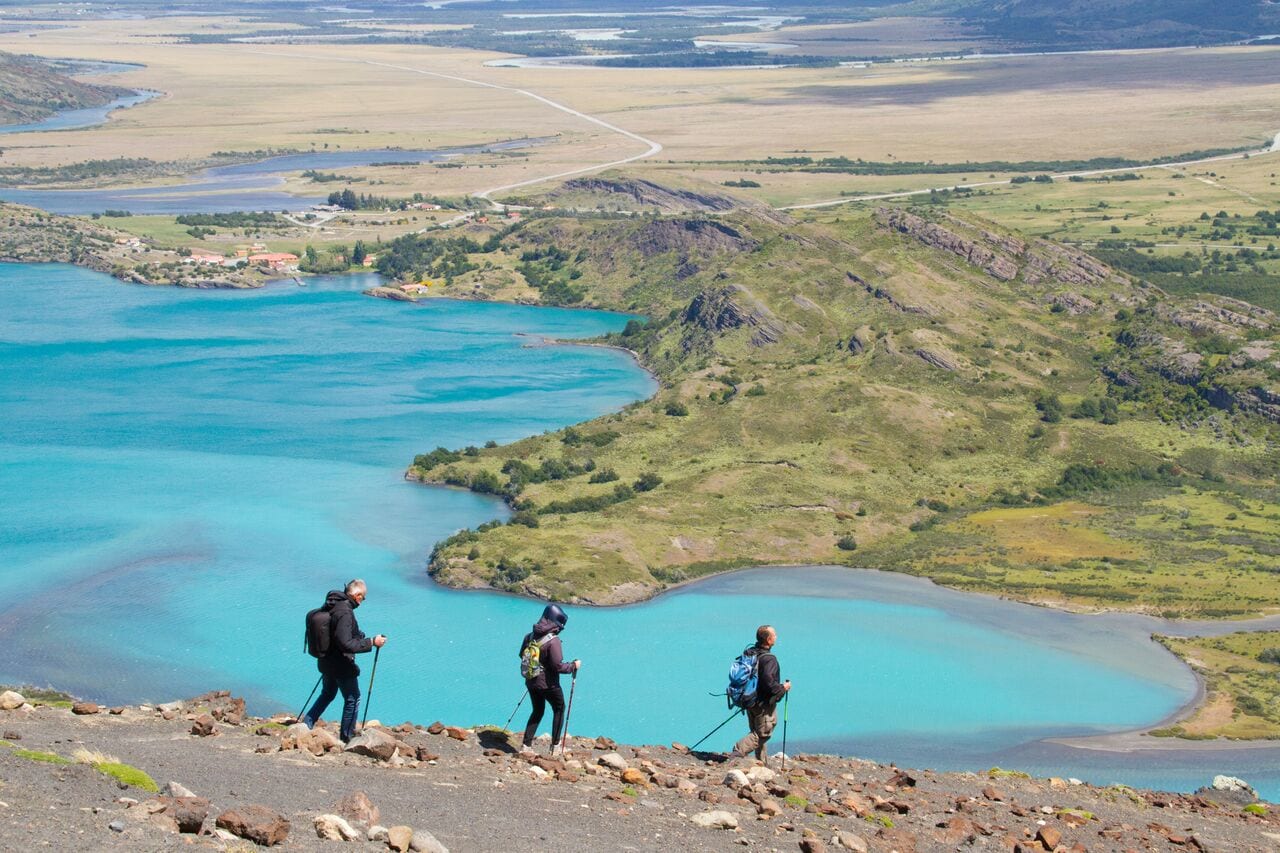
Summer
Summer is by far the most popular time of year to visit Torres del Paine, and there are several reasons for that. Lasting from December through February, this season is when the days are the warmest and the nights are the least cold, all parts of the park are accessible, there are longer hours which allows for more hiking and exploring, and since the weather is generally the best in summer, you have a better chance of having good weather to see the landscapes and do hikes. If you’re a very social traveler, it’s also the best time to visit to meet lots of people on the trails and at the campsites. There are some drawbacks, though: as it is high season, rates for things like refugios, hotels, campsites, transportation, etc., is more expensive, the park is at its most crowded, and there are strong winds and unpredictable weather and rain. If you do want to travel to Torres del Paine during summer, it is recommended that you make reservations for your tours and book things like campsites, refugios, etc., well in advance to guarantee a spot. One of the advantages of booking a tour through a company like EcoChile is that we take care of all those reservations for you!

Fall
If you love foliage and crisp fall weather, autumn in Chilean Patagonia is the best time to visit! Torres del Paine is already one of the most visually spectacular natural places on the planet, and its beauty is only enhanced by the addition of gorgeous fall colors covering the landscapes. Lasting from March through May, the days are still warm but nights are starting to get colder, and there are increased possibilities of rain and snow, especially toward the end of the season. In March, there are sometimes still bigger crowds but the numbers gradually decrease going through the season. Some of the hotels, campsites, areas of the park (such as the Gardner pass) etc., close down before the season officially ends in mid-May, so do research beforehand to see what will and won’t be open as the season advances. After summer ends at the end of February, most companies also switch into shoulder/low season pricing, so it’s a more economical time to visit as well. Since there are fewer crowds and many animals have just had their birthing season, it’s also a great time to see wildlife, so nature and wildlife photographers may find that fall is the best time.

Winter
Winter can be a tricky time to visit Torres del Paine, as officially the park is closed to everyone except expert winter trekkers and select groups, but since interest in visiting the park is growing, officials have started to open up the park for some winter tours and activities, and EcoChile Travel is one of the few Chilean travel companies that offers the W trek during winter! Winter in Torres del Paine lasts from June to August, and the weather is not for the faint of heart: plunging temperatures (low 20s [-3 – 0 degrees Celsius], low 40s [5-8 degrees Celsius]), strong snowstorms, low visibility during storms, unpredictable weather, and strong winds make it a challenging time of the year to visit.
But the winter weather is also why the experience can be so rewarding: you get to see the spectacular mountains, plains, glaciers, lakes, valleys, and rivers of Torres del Paine covered in glorious snow and ice, creating the ultimate wilderness wonderland. Plus, there will be virtually no one else in the park, so it’s a great time to see untouched winter landscapes at their most pure and without any crowds to disturb the peace. At this point in time, except with special permits, you can only enter the park during winter if you are with a tour group like EcoChile Travel, as most of the hotels, campsites, and other amenities are closed, so prior arrangements need to be made via an authorized tour company. In closing, while it is physically a very difficult time of year to visit, the winter views and isolation make it a worthwhile endeavor.

So what do we recommend?
Ultimately, there is no singular best time of year to visit Torres del Paine. There are drawbacks and benefits to each season, and deciding when is the best time to go depends on what you want to do and see. Highly sociable hikers may love going during summer as there are many opportunities to meet and explore with new people, whereas people who want to escape into nature without the distractions of the real world would find fall or spring a better time. Photographers may want to take pictures of the snow and ice during winter, or capture the fall foliage. More budget-conscious travelers would probably prefer to visit during spring and fall when pricing is in shoulder/low season rates. So the best time of year for Torres del Paine is the best time of year for you.
No matter what you choose, Torres del Paine is bound to impress and dazzle travelers year-round. So do some research to figure out when will work for your budget, as well as determining what you want to do and see, and then get ready to book your dream vacation to the eighth wonder of the world! Also, if you have mtorore questions or aren’t sure what time of year is the best for you, our expert trip designers are happy to answer any of your questions and help you figure out how to plan the best vacation for your budget and goals!
